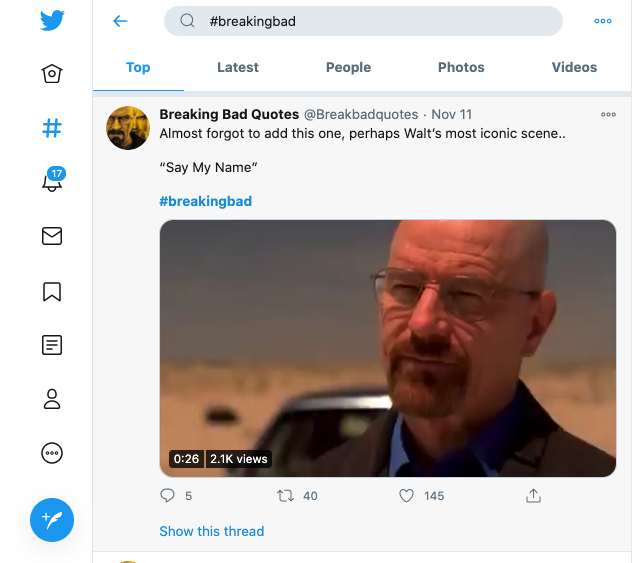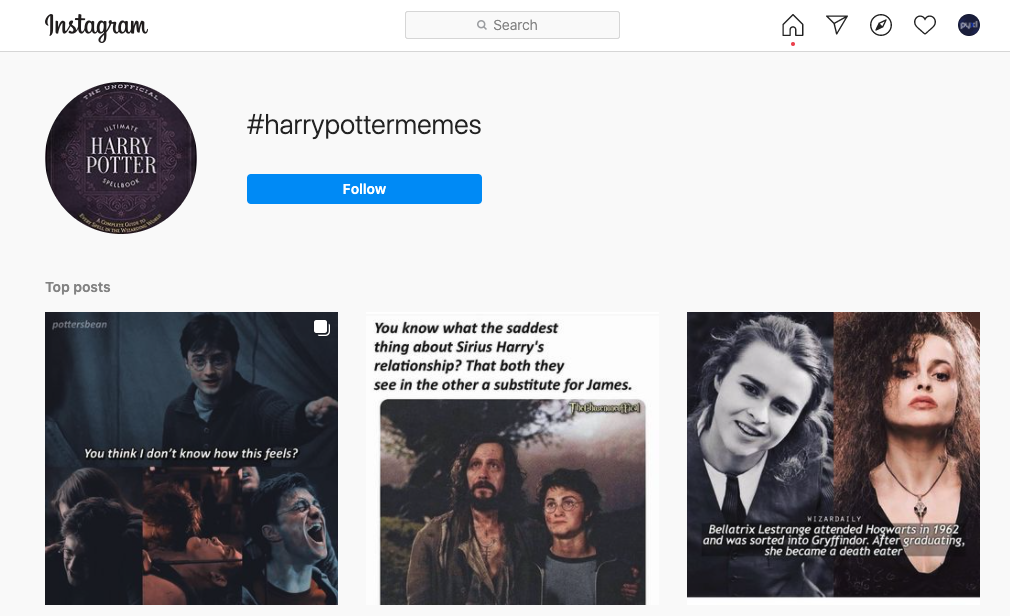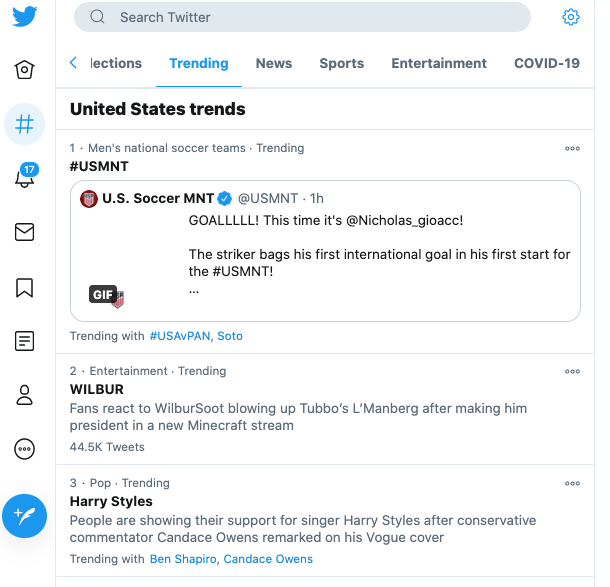How to Use Hashtags on Your Social Media Platforms
#have #you #seen #todays #hashtags
Let’s set some hashtag things straight before somebody gets hurt.
What is a Hashtag?
We see hashtags throughout all of our social media platforms— Twitter, Facebook, Instagram alike — but what’s the purpose of them? Hashtags make it easier to curate and connect similar posts based on the topic/keyword used. So if you were to click or search for #breakingbad in Twitter, all of the posts that use that same hashtag will show up in one place.

Hashtags have even become almost separate accounts people can follow on Instagram. So if you’re always searching for the keywords related to #HarryPotterMemes, you can follow that hashtag on Instagram so you’ll get posts that use that keyword directly on your feed.

Why are hashtags important for your business?
Think of hashtags like SEO keywords. They help people interested in your topic find your content easier because your content is connected to that keyword.
75% of social media users incorporate the power of hashtags into their social media posts to do the following:
• engage audiences
• gain new followers
• be a part of relevant conversations
• increase their social impact
• fuel social movements
• inform content creation strategies.
Using Hashtags Strategically
Know what you’re hashtagging. Do you want to be grouped with those other posts using the same hashtag? If you’re trying to attract more followers and likes, you should be more targeted with the words and phrases you’re using. The basic categories include:
- Content Hashtags:
These should go hand in hand with your post content and describe the main topic of your post.- Ex: #SocialMediaTrends, #HarryPotter #Nashville #CMAs
- Trending Hashtags:
These are based on topics that are currently very popular. Twitter has a trending hashtags sidebar on the left side of your computer’s Twitter feed. When using these, remember to make sure your content is still relevant to this topic, otherwise it will most likely be ignored.

- Brand-specific Hashtags:
These are company-generated tags that are great for promoting your company events, contests, or other marketing campaigns so your generic tags don’t get lost in the shuffle.- Ex: #Nike, #justdoit, #nikerunning #nikeairmax
A successful hashtag strategy starts with knowing your audience and recognizing what works on each social platform with your brand language. Check out this article on social media best practices to learn how to create a social media strategy that works for your business and users. Beyond that, it’s a learning game! Learn what works and what doesn’t by experimenting and analyzing the results.
Hashtag Tips
- Keep them simple:
If you’re trying to make a joke, or your brand language is meant to be more light-hearted and cheeky, then your hashtag of choice is entirely up to you. ex: #NewYearNewWorkoutForTwoDays. But, be sure to keep the keyphrase simple. Hashtags work as one word so you do not want your followers to feel like they’re trying to read a cryptic license plate. If it’s not easily recognizable, your message loses its punch.
- Three hashtags per post:
Try to keep those hashtags to no more than three per post. This will help you maintain meaningful tags that add to the conversation without looking cluttered and desperate for attention.
- Make sure your social accounts are public:
If your account is set to private, only your followers will be able to see the content you’ve been trying to increase exposure and engagement with.
- Find the best hashtags:
Finding the best hashtags or most appropriate keywords for your content can be found in a variety of strategies. Some of them include monitoring any social media influencers and competitors, finding related hashtags, and using generators like Hashtagify.
- Make sure your hashtags are spelled correctly:
If you’re making a trip to #NYC but accidentally mistype #NCY, the tag will redirect your followers to another place entirely.
Still confused? Pyxl can help in creating a solid hashtag strategy. Contact Pyxl.
Updated: Mar 02, 2023
 Kati Terzinski
Kati Terzinski Erin Murray
Erin Murray